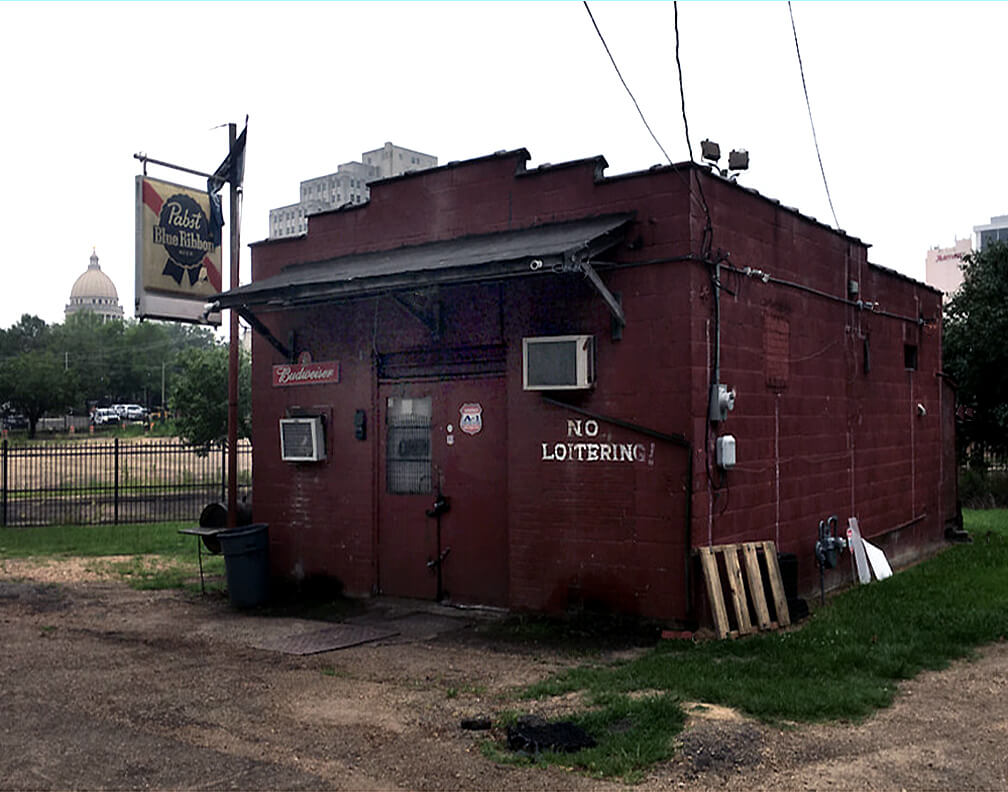Use firm avocados. Peel and slice as you like, then soak in a bath of cold salted water and lime juice for about an hour. This step draws some of the oil from the avocado, making it more receptive to the pickling liquid (makes them prettier, too). Drain, dust generously with salt and red pepper flakes, and pack into jars. Fill jars with white vinegar, then pour vinegar from jars into a saucepan. For each pint of liquid, add the juice of half a lime, a teaspoon each of whole black peppers, yellow mustard seeds, and diced cilantro.
Priapian Hymn #57
Cupped, cradled, ADORED—everything in one stride.
There, where you crease your form, a presence
Coiled, cuffed, MOORED—something of space, a pride
Of lions, three in hand–the rope, eternity, ESSENCE.
How once I BURNED to find, to feel, to hold,
To KNOW carnality—rampant, quaking lust—
But what where who ? No boldness
Came to free, to see the fire was JUST.
Now throbbing in my THROAT I thrust in need
My tongue, my teasing teeth seek musky cream.
PRIAPUS MAGNUS! Bloat my mouth with satyr’s seed,
Foam my beard, a faun with me to dream.
So now the What the Who the WHY have fled,
Make MY tongue the temple for your head.


